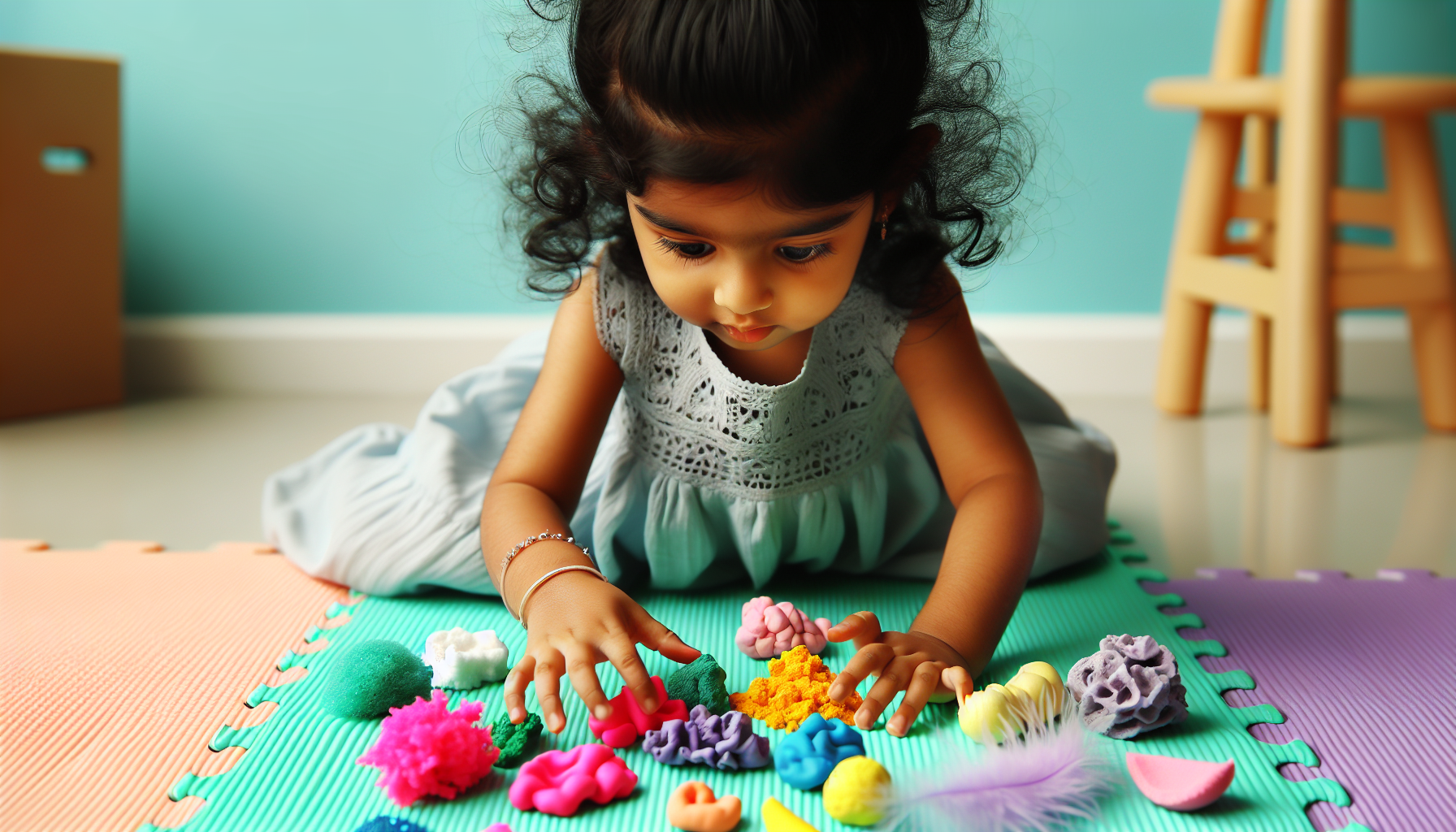The intricate interplay between the senses and brain development is a remarkable aspect of human growth. Sensory experiences are the nutrients that nourish the developing brain, shaping its structure and function. This article delves into the profound ways sensory enrichment influences brain development, the implications for childhood, adolescence, and beyond, and how understanding this can guide better practices in education and health.
The Foundation of Sensory Enrichment
From the moment of birth, the human brain embarks on a remarkable journey of development. Synaptic connections are formed at a rapid pace, influenced by the child’s interactions with their environment. Sensory enrichment refers to the exposure to varied and stimulating sensory experiences, which can significantly enhance cognitive, emotional, and physical development.
The role of sensory stimuli in brain development is multifaceted. It extends from the basic neural connections to the more complex aspects of language acquisition and emotional regulation. The enrichment provided by a stimulating environment can lead to an increase in the size and complexity of the neural networks within the brain, a process crucial for learning and memory.
The Role of Sensory Play
Sensory play, which involves engaging a child’s senses of touch, smell, taste, sight, and hearing, has been shown to be particularly beneficial for brain development. Activities like playing with textured materials, listening to various types of music, and exploring different scents can enhance neural pathways and improve sensory processing abilities. These experiences are not only vital for children with sensory processing challenges but are also instrumental for all children in fostering an adaptable and robust nervous system.
Critical Periods in Sensory Development
The concept of critical periods in development suggests that there are windows of opportunity during which the brain is particularly receptive to sensory input. During these times, sensory experiences are more potent in shaping the brain’s architecture. For instance, the early years of life are crucial for visual and auditory development, with specific milestones that, if missed, can lead to long-term deficits.
Understanding these critical periods underscores the importance of early intervention in cases where sensory development may be at risk. Techniques for improving sensory integration, such as those discussed in Techniques for Improving Sensory Integration in Children, can be life-altering for children with developmental delays or disorders.
Sensory Enrichment Across the Lifespan
While much focus is placed on early childhood, sensory enrichment remains relevant throughout the lifespan. Adolescence, for instance, is another critical period for brain development, where sensory health considerations can have profound implications for growth and learning, as explored in Sensory Health Considerations for Adolescent Development.
In the elderly, sensory stimulation can play a role in maintaining cognitive function and emotional well-being. The use of sensory stimulation in elder care is a burgeoning field, demonstrating positive outcomes in memory care and quality of life for older adults, a topic thoroughly examined in The Role of Sensory Stimulation in Elderly Care.
Enrichment Strategies and the Brain
Sensory enrichment strategies can take many forms, from highly structured therapeutic interventions to everyday activities. Here are some methods that have been found to have positive effects on brain development:
-
Multi-sensory Learning Environments: Classrooms that incorporate sensory elements can enhance learning, especially for those with learning disabilities. Best practices for sensory-inclusive classroom design are detailed at Best Practices for Sensory Inclusive Classroom Design.
-
Natural Settings: Exposure to nature has been shown to improve attention, reduce stress, and promote sensory integration. Activities like sensory walks can be especially beneficial, as explained in The Benefits of Sensory Walks for Cognitive Function.
-
Occupational Therapy: For individuals with sensory processing disorders, occupational therapy can be a cornerstone of treatment. Developing sensory skills through occupational therapy is essential for these individuals, as discussed at Developing Sensory Skills Through Occupational Therapy.
External Support for Sensory Enrichment
Sensory enrichment’s impact is supported by various high-quality external resources that delve deeper into its significance:
- The American Occupational Therapy Association provides extensive resources on the role of occupational therapy in sensory integration.
- Research on the importance of nature for children’s sensory development can be found through the Children & Nature Network.
- For insights into multi-sensory environments, the Lighthouse Guild offers valuable information, particularly for visually impaired individuals.
Sensory Health and Brain Health
When discussing sensory enrichment, it’s essential to recognize the close relationship it has with overall brain health. Sensory experiences are integral to the brain health of individuals, and by nurturing this aspect of our development, we support cognitive function and mental well-being.
Concluding Thoughts on Sensory Enrichment
Sensory enrichment plays a pivotal role in the development and maintenance of a healthy brain. By understanding and applying the principles of sensory enrichment throughout the lifespan, we can enhance learning, improve emotional regulation, and sustain cognitive function into old age. This approach to development is not just critical for individuals with sensory processing challenges; it holds value for everyone, helping to create a more integrated, adaptive, and enriched human experience.
In conclusion, the sensory experiences we encounter daily are more than just passive occurrences; they are active participants in the shaping of our brains and our selves. By cultivating rich, varied, and nurturing sensory environments, we can foster a more vibrant and healthy society.



